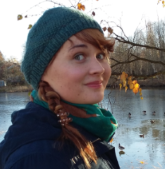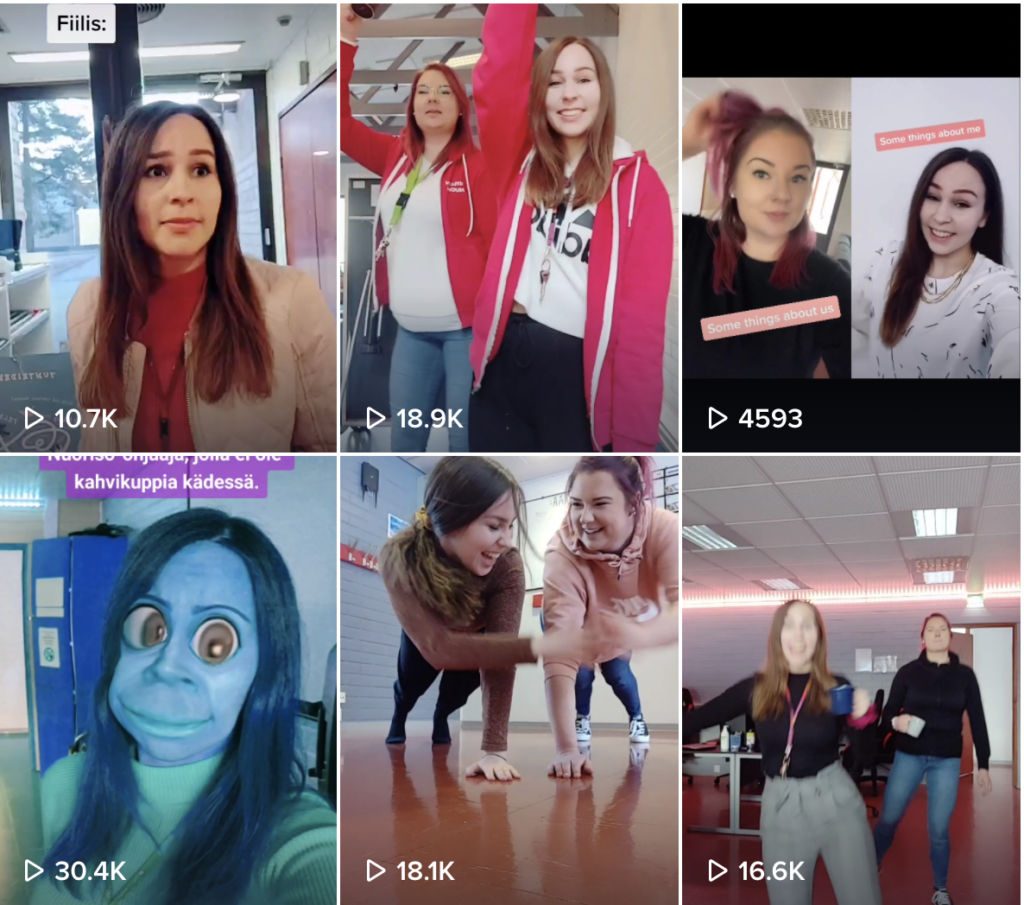In Valkeakoski, youth work engaged secondary school pupils, pupil councils and the youth council in the development of digital youth work. The results of this cooperation formed the basis for a new development plan for digital youth work. The development plan is a tool for the work community, and it primarily benefits young people in Valkeakoski.
Making digital elements commonplace
The development of digital youth work was based on my work community’s need to create a common framework and a clear plan for digital youth work. In Valkeakoski youth work – my work community – we felt that our work needed a more methodical approach and clarity to ensure our ability to develop our youth work activities in digital environments while being sensitive to young people’s needs and maintaining the educational perspective in our work.
In digital youth work, digital elements serve as tools, operating environments or the content of activities. The increasingly digital nature of our everyday lives has made digital skills into civic skills. Digital skills are key tools for engagement, influencing and self-expression. In an increasingly digital society, young people face challenges related to data protection, online bullying and harassment, hate speech and online manipulation.
In my thesis published in March 2020, I carried out a digital questionnaire survey among young people to learn about their opinions concerning the digital world and the challenges and development needs related to it. In my work community, I also organised development sessions focusing on digital youth work. The idea was to collaboratively develop digital competence in youth work in anticipation of the future. The materials I collected worked well together during the development process.
Joint expertise creates new competence
Over the course of 2019, I held five development sessions in my work community under the topic of digital youth work. The sessions went under the humorous name of “DINUKESU”, short for “development plan for digital youth work” in Finnish. The sessions lasted from 1.5 hours to 2 hours and were attended by the entire work community from superior to service secretary. The activities were based on the idea that a jointly devised plan would promote commitment to jointly formulated goals and operating models and offer everyone enough room to integrate digital elements into their own duties. The digital questionnaire for young people made their voices heard in our development sessions. We learned about their use of digital devices, their digital skills, the challenges that young people come across online, and their wishes to learn new things and participate in events organised by youth work.
Inclusive methods gave employees the chance to become better acquainted with one another, express their own views and in a very concrete way to influence our common vision concerning the development of digital youth work. At our meetings, we discussed our digital youth work goals, reviewed concepts and phenomena related to the digital world, and discussed the impacts of digitalisation on youth work. We familiarised ourselves with different methods through an experience-based approach: we tested maker activities and built a drawing robot, studied digital gaming and practised using Discord as a new channel for communication. Simultaneously, we thought up ways to use the operating models we were testing and the resulting knowledge in our work. Our work community learned new things, found inspiration and experimented. Passive onlookers became active agents.
The process itself was the most meaningful part of the development work. The things that we achieved together: we began with planning and, as a group, focused on our common task. Our creative co-development generated experiences of engagement, open discussion, joy, experimentation and shared competence. This could also be seen in the feedback on the development sessions: “It has been nice to build a common understanding as a group”, “I am competent and I am good”.
Digital youth work permeates everything
The development plan for digital youth work was outlined during the development sessions, using the work community’s own strengths. According to it, youth workers in Valkeakoski incorporate digital elements into their own work and as part of other youth work: “digital youth work permeates everything”. Digital elements are employed in encounters with young people, especially to reach young people who do not physically participate in youth work services. To a young person, a discussion on an instant messaging application can be just as valuable and authentic as a face-to-face meeting.
Digital elements pave the way for many different activities. It can inspire you to experiment with new things, generate feelings of success and provide opportunities to influence matters. The engagement of young people and employees is a core element of digital youth work. Young people are always at the heart of activities. Engagement and participation engender digital awareness, a digital understanding influenced by jointly agreed practices. Digital awareness grows out of joint efforts and bold experiments. It emphasises the notion of digital welfare, which encompasses a balanced use of media and digital welfare skills, which we all can learn.
Based on the development sessions’ experiences, the digital competence of work communities should be analysed from a broad perspective, and the employees’ individual strengths and areas of competence should be brought up. Digital competence covers a wide range of skills and knowledge, and everyone doesn’t need to master the same things in their work. Development work requires employees to be active, since lasting changes in operating models do not happen overnight, but call for experimentation and time to make them part of an open operating culture.
Focus on strengthening security skills and increasing knowledge
Questions related to handling problematic situations online became a special focus of interest in our development process. Young people need more information about the actions to take in problematic or uncomfortable situations online and about who to contact in such situations. According to my digital survey, the problems encountered by young people ranged from technological problems to questions related to security and data protection and various experiences of harassment.
The survey indicated that further emphasis needs to be placed on providing information about youth work activities. By enhancing our communication about youth work services and adding more low-threshold activities that do not require a long-term commitment, youth work in Valkeakoski can reach young people better than ever. Pop-up coding activities organised in connection with, for example, an event at youth facilities is one example of such activities. Young people themselves also expressed a wish for coding events.
The use of online environments for activities that engage young people and increase their inclusion should be surveyed. To maintain contact with young people, youth work should be easily accessible and visible, for example, through social media profiles. Resources for learning play a key role. Competence, knowledge, skills, understanding and experimentation generate digital well-being.
My thesis, “Development of Participatory Youth Work”, is openly available on Theseus.





